
Photos: The World's 6 Most Famous Rocks
Intro
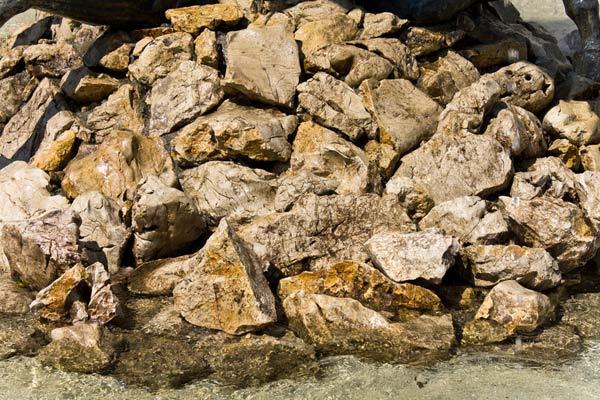
Rocks are an often-overlooked part of the landscape after all, they don't move or blossom into pretty flowers.
But rocks can actually be arresting pieces of scenery themselves, and they are integral to human society, having been used for centuries to build buildings and even to carve into.
Here, in no particular order, are six of the most famous rocks in the world.
Plymouth Rock
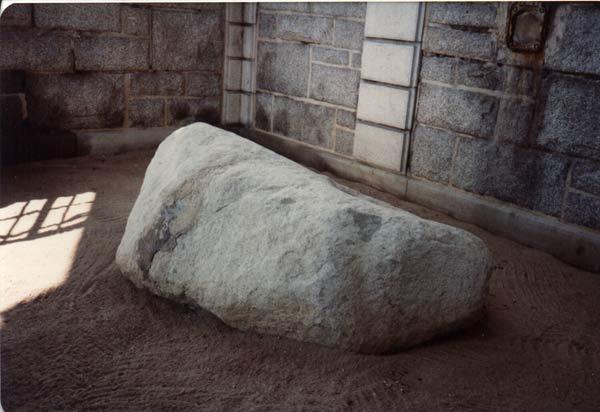
Plymouth Rock is said to mark the spot where William Bradford and the pilgrims who founded Plymouth Colony disembarked from the Mayflower. It is stamped with the date of their arrival in the new world, 1620.
The story of the rock appears to be an apocryphal one, as Bradford's journal and other contemporary sources contain no mention of the rock. The first written reference to Plymouth Rock was made over a century later. The rock that is now recognized as Plymouth Rock was consecrated in 1774, as the residents of the town were moved by the spirit of the American Revolution, as Plymouth's tourism website notes.
The rock can currently be found on the shore of Plymouth Harbor in Plymouth, Mass. According to the Pilgrim Hall Museum in Plymouth, the visible portion of the rock weighs about 4 tons, while the bottom portion, hidden under the sand of the shore, weighs about 6 tons. The rock is estimated to be only about one-third to one-half its original size, after portions were chipped away as souvenirs in the 18th and 19th centuries.
The Blarney Stone
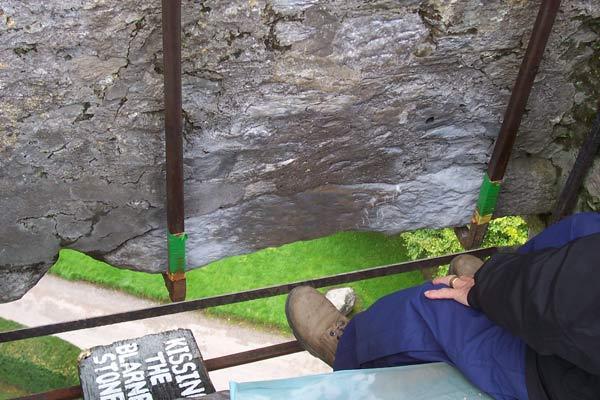
The Blarney Stone is a chunk of bluestone in the battlements of Blarney Castle, which is about 5 miles (8 kilometers) east from Cork, Ireland.
Legend has it that kissing the stone will bring one the gift of eloquence. The world "blarney" has come to mean "skillful flattery."
Various legends exist to explain the origin of the stone. One holds, according to the Blarney Castle site, that the rock was once on the island of Iona, in the Inner Hebrides of Scotland, and was the death bed of an Irish saint who lived there in exile, St. Columba. The stone was later moved to the Scottish mainland. When the King of Munster, Cormac MacCarthy sent Irish troops to support Robert the Bruce and his Scotsman in the battle they won against the English at Bannockburn in 1314, part of the stone was given to the Irish in thanks.
Kissing the Blarney Stone isn't as easy as puckering up. To kiss it, a pilgrim to the stone has to lean backwards while holding on to an iron railing from the castle's parapet walk. It could be worse though: Once upon a time, those that wished to kiss the stone had to be lowered down head-first by their ankles.
The Rock of Gibraltar
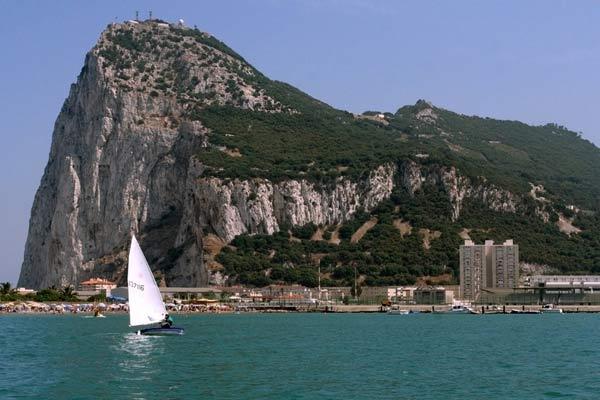
The Rock of Gibraltar is a hulking limestone promontory that looks out over the Strait of Gibraltar, the entrance of the Mediterranean Sea.
The 1-397-foot-high (426 meters) rock is a major landmark of the British territory of Gibraltar, which is a peninsula that connects via an isthmus to Spain. Gibraltar came into the United Kingdom's possession with the Treaty of Utrecht in 1713 after the War of the Spanish Succession, fought over two claimants to the leadership of Spain and the possible unification of Spain and France.
The Rock of Gibraltar was one of the Roman Pillars of Hercules, or the promontories that surround the Strait of Gibraltar. The rock's current name is believed to come from the Arabic name of Jebel Tarik meaning "Tariq's mountain," according to discoverGibraltar.com.
Geologically speaking, the rock is composed of limestone dating back to the Jurassic period, about 200 million years ago. It is of the Betic Cordillera, a mountain range that dominates southeastern Iberia (the region that includes Spain and Portugal), according to the Gibraltar Ornithological & Natural History Society. The rock contains hundreds of caves, many of which are popular tourist destinations.
Ayer's Rock (Uluru)
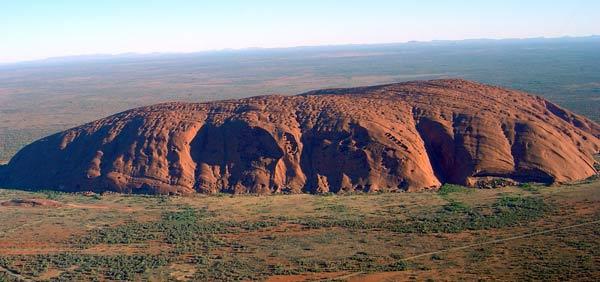
Ayer's Rock is an arresting site, towering over the flat expanse of the Australian Outback.
Also known by its Aboriginal name, Uluru, the rock is what is called an inselberg, or isolated mountain. Inselbergs are the remnants left after the erosion of an original mountain range.
Ayers Rock is located in Uluru-Kata Tjuta National Park, 280 miles (450 km) southwest of Alice Springs, Australia; the park contains many such inselbergs, though Uluru is the largest and most well-known. It is the world's largest monolith (a massive formation composed of a single rock or stone) and a sacred site to the native Anangu or Aboriginal people. It is also listed as a World Heritage Site by UNESCO.
The sandstone formation stands some 2,831 feet (863 m) above sea level or about 1,142 feet (348 m) above the ground. It is 5.8 miles (9.4 km) in circumference.
The Rosetta Stone
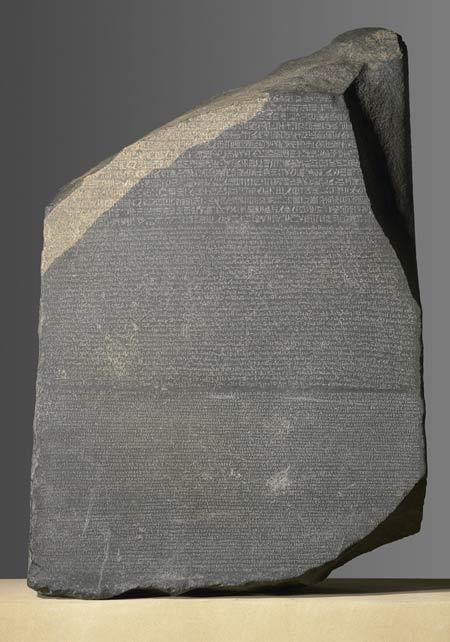
The Rosetta Stone is a fragment of an ancient Egyptian stone slab that bears a decree issued by a council of priests on the anniversary of the coronation King Ptolemy V (204181 B.C.) in three scripts: ancient Egyptian hieroglyphs, Egyptian demotic script and ancient Greek.
Originally displayed in a temple, the Rosetta Stone was later used as a building material in a fort in the port town of el-Rashid (or Rosetta). A French expedition to Egypt found the stone in 1799.
The stone became famous for its potential to help decipher the Egyptian hieroglyphs that up until that time could not be translated. Jean-François Champollion announced the first translation of the hieroglyphs on the stone in 1822.
The stone, which weighs about 1,700 pounds (760 kilograms) now sits on public display at the British Museum, where it is the most-visited object in the museum's collection. The stone came into British possession in 1801 during the Napoleonic Wars.
Zahi Hawass, the chief of Egypt's Supreme Council of Antiquities, has asked that the stone be repatriated to Egypt.
The Black Stone of the Kaaba
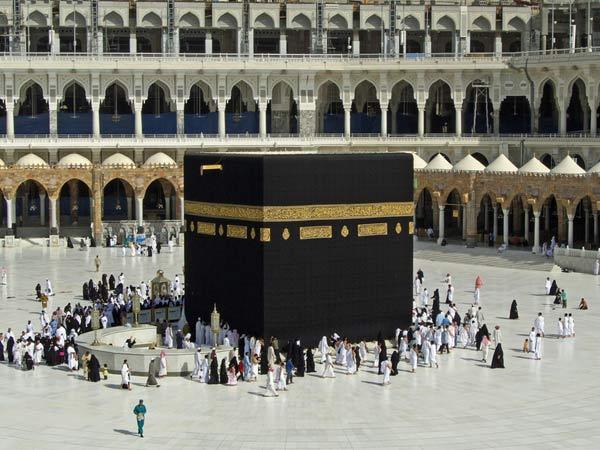
The Kaaba is a cube-shaped building in Mecca, Saudi Arabia, and is the most sacred site in Islam. A mosque, the Masjid al-Haram, surrounds the building.
In the eastern corner of the Kaaba is the Black Stone, which according to Islamic lore dates back to the time of Adam and Eve, when it fell from heaven. The stone is a dark rock that has been polished smooth by the hands of millions of Muslim pilgrims on the hajj to Mecca. The rock is actually a set of fragments that sits in a silver frame.
Pilgrims try to kiss the stone, as the Prophet Muhammad did, according to Islamic texts.
Some have suggested that the stone is a meteorite, though its exact origins remain debated.
The Kaaba itself is made of granite from the hills around Mecca.
Sign up for the Live Science daily newsletter now
Get the world’s most fascinating discoveries delivered straight to your inbox.










